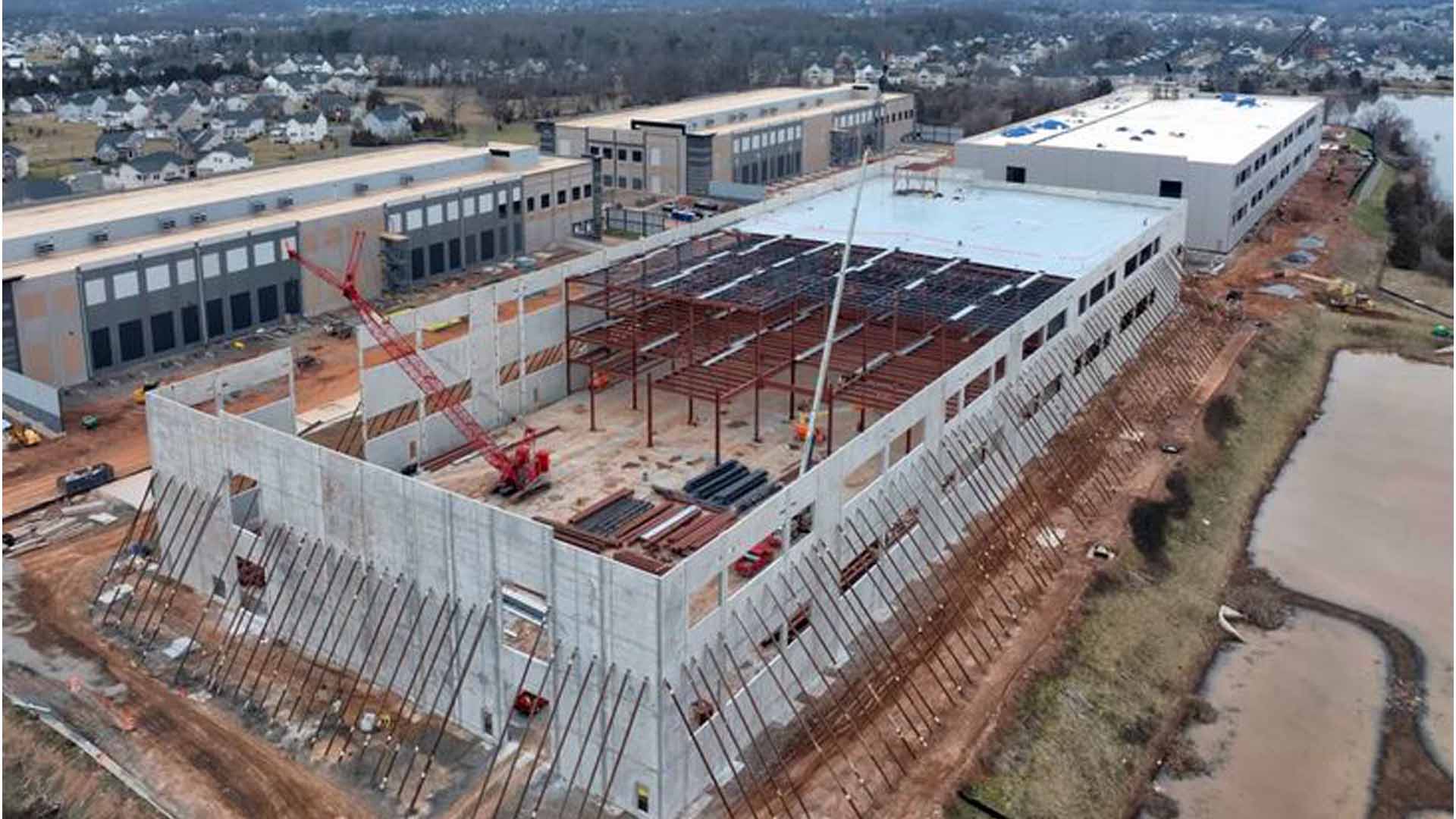Construction Companies and Data Center Cabling Contractors Forge Partnerships
The U.S. data center landscape is experiencing a significant transformation, fueled by international engagement and the escalating demands of the artificial intelligence (AI) sector. This shift, highlighted by initiatives such as the Stargate joint venture, reveals a growing global interest in the American data center industry.
The influx of foreign capital, supplementing the already robust domestic investment, points to a crucial alliance. U.S.-based hyperscalers, maintaining their dominance through large-scale infrastructure projects, are partnering with foreign investors to meet the capital-intensive needs of the AI industry. This collaborative approach is especially important, as the industry faces unprecedented expansion requirements. The Trump administration's push to ease regulatory restrictions on AI and data center development may accelerate this growth trajectory.
Key Trends Reshaping Data Centers in 2025:
The increasing prevalence of AI-driven applications and expanding cloud services has turned data centers into essential infrastructure, demanding rapid expansion. The U.S. has witnessed a remarkable seventeenfold increase in leased data centers over the last five years. In 2024 alone, the nation added 5,000 megawatts of new data center capacity—approximately 1% of the nation's total power consumption. Projections indicate that U.S. data center investments will exceed $1 trillion over the next half-decade.
Several pivotal trends are currently shaping the growth and evolution of the data center sector:
1. AI's Impact: The adoption of AI is driving demand for high-capacity, energy-intensive data centers, specifically designed for real-time data analysis and complex machine learning processes.
2. Energy and Sustainability: The industry is challenged by the energy consumption needs of AI-driven workloads which are expected to increase energy use significantly. Finding sustainable solutions like modular nuclear reactors and renewable energy sources will be critical.
3. Cooling Innovations: Traditional data centers often use PFAS-based cooling solutions. Due to growing concerns and regulatory scrutiny regarding PFAS chemicals, sustainable alternatives such as direct liquid cooling and immersion cooling, which utilize eco-friendly liquids, are now essential.
4. Geographic Diversification: While established hubs like Virginia and Texas continue to attract major investments, there's a trend toward constructing new facilities near renewable energy sources and away from dense urban areas to mitigate power constraints.
5. International Investment: Domestic investors have traditionally led the U.S. data center market because of their established networks with local infrastructure, their understanding of regulatory frameworks, and adaptable supply chains. However, foreign investors are now making strategic moves. Successful entry often necessitates partnerships with domestic players to navigate the complex market dynamics.
Actions in the Industry:
As the U.S. government transitions from the Biden to the Trump administration, AI and data center advancements have proven to be consistently important, highlighting the sector's critical contribution to technological competitiveness and national security. One of President Biden's final acts was an executive order identifying federal sites for advanced data center development. The order mandates the integration of clean energy to address energy consumption concerns and the use of domestic semiconductors to enhance supply chain resilience.
While President Trump initially rescinded some of the Biden-era executive orders, the order concerning data center development remains in effect for now. Furthermore, President Trump reinforced the federal commitment to AI in his own executive order. The order instructs his science advisor to remove any obstacles or regulations that might impede AI development. This order does not directly deal with data centers, it does indicate that the Trump administration will likely leave energy consumption, sustainability, and cooling challenges to private sector solutions.
This market-driven approach is also apparent in President Trump's announcement of the Stargate initiative. Stargate represents a collaborative venture between U.S. technology firms and international entities. This project plans to invest $100 billion in AI infrastructure and envisions a total investment of up to $500 billion over the next four years. The expected outcome is the creation of 20 advanced AI-enabled data centers (with the initial facility already under construction in Texas) and the generation of over 100,000 jobs.
The Stargate announcement underscores the partnership between foreign investors and domestic stakeholders, which will fuel the build-out of U.S. data centers. Domestic players currently dominate the market due to their solid understanding of the U.S. market and regulations. The shift from operating expenses (OPEX) to capital expenditure (CAPEX) business models allows these companies to emerge as hyperscalers and make large-scale investments. However, foreign investors like Dubai-based DAMAC Properties, which has invested $20 billion in U.S. data centers, provide essential resources to support the industry's growth.
This evolving blend of domestic expertise and strategic foreign investment signifies a crucial phase for technological innovation and worldwide infrastructure development. Domestic hyperscalers, supported by private equity and investment funds, boast strong relationships with regional infrastructure, regulatory expertise, and agile supply chains. International investors, on the other hand, may face hurdles navigating the complex U.S. regulatory landscape, especially given the data center's role as critical infrastructure, which raises data sovereignty and national security considerations.
This scenario is ripe for collaborations and joint ventures. Domestic players' advantages enable them to secure consistent access to power grids and renewable energy, streamline regulatory compliance, and efficiently manage the procurement of vital components such as servers and cooling systems. Foreign investors can contribute technological innovations, capital, and novel perspectives to solve the energy consumption, sustainability, and cooling challenges faced by the industry.
Key Takeaways:
* The development of data centers will depend on solutions for energy consumption, sustainability, and cooling.
* The Trump administration has shown support for the AI and data center sectors, building on initiatives begun during the Biden administration. But recent executive orders point to the administration's efforts to aggressively remove regulatory hurdles.
* Collaborative ventures between domestic and international organizations will be crucial for driving innovations while addressing local nuances and regulatory requirements.

